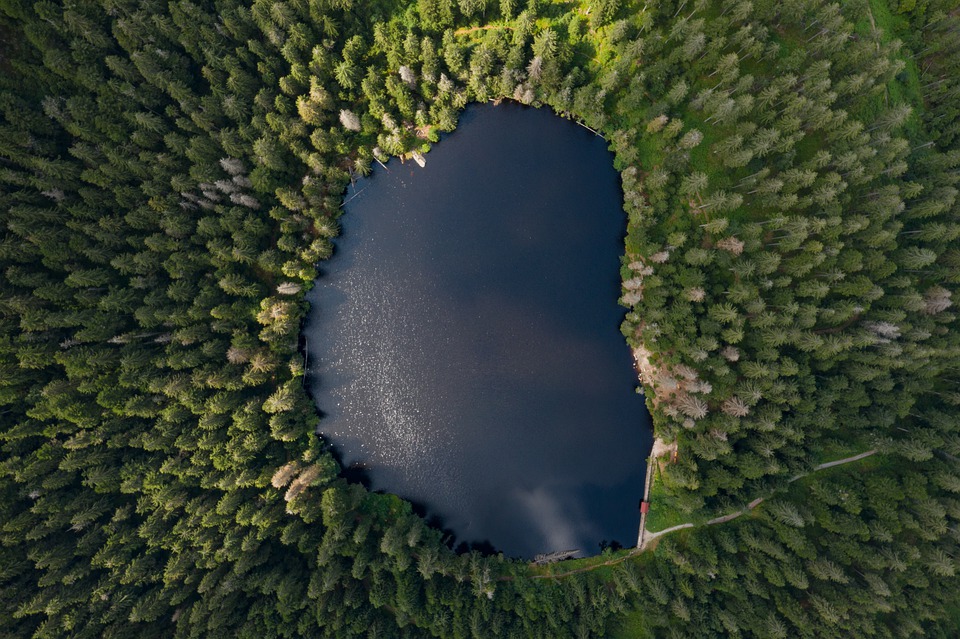Your local lake stores a surprising amount of carbon in its depths
Lakes are shouldering our carbon-excess burden, but that comes at a cost
Keeping track of the myriad sources and sinks of carbon on Earth is essential if we want to predict how our climate will change in the decades to come. Carbon dioxide and methane are potent greenhouse gases. On land, soils store a huge amount of carbon — about twice as much as the atmosphere — but they’re not the only terrestrial carbon sink.
Lakes cover about 4% of Earth’s non-glaciated land and they are constantly accumulating carbon. They pick up organic matter from soils, provide a home for photosynthesizers like algae and microbes, and they preserve organic matter in their depths. Lakes have the potential to store a huge amount of carbon. But we haven’t known how much lakes in different ecosystems could store or how carbon storage is affected by agriculture — until now.

Pixabay
In a new study, a team of researchers collected carbon burial data from over 500 lakes around the world, in every environment from deserts to tropical forests, and reported how carbon storage has changed since 1900. They found that carbon burial rates have increased in nearly all biomes. Lakes in boreal forests, temperate and tropical forests, and temperate grasslands contributed the most carbon storage.
So why the increase?
The authors linked increased carbon storage primarily to our changing land use practices. The widespread use of fertilizer adds nitrogen and phosphorus to terrestrial ecosystems, leading to a spike in photosynthesis and carbon burial in lakes. While too many nutrients can be a death sentence for lakes, it looks like — for now — these changes help lakes offset the carbon we’re pumping into the atmosphere.





















